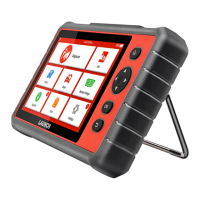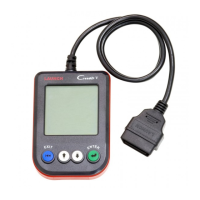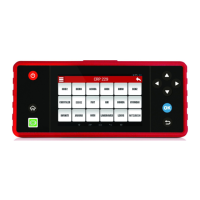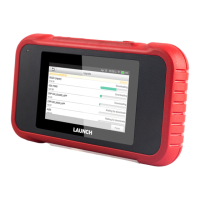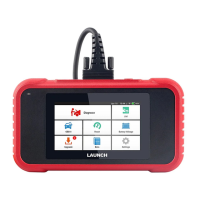9
LAUNCH
Professional 909 User Manual
limits.
Currently, fteen Monitors are supported by OBD II systems. Additional monitors
may be added as a result of Government regulations as the OBD II system
grows and matures. Not all vehicles support all fifteen Monitors. Additionally,
some Monitors are supported by “spark ignition” vehicles only, while others are
supported by “compression ignition” vehicles only.
Monitor operation is either “Continuous” or “Non-Continuous,” depending on the
specic monitor.
2.6.1 Continuous Monitors
Some of the vehicle components or systems are continuously tested by the
vehicle’s OBD II system, while others are tested only under specific vehicle
operating conditions. The continuously monitored components listed below are
always ready:
1. Misre Monitor
This Monitor continuously checks for engine misres. A misre occurs when the
air-fuel mixture in the cylinder does not ignite. The misre Monitor uses changes
in crankshaft speed to sense an engine misre. When a cylinder misres, it no
longer contributes to the speed of the engine, and engine speed decreases each
time the affected cylinder(s) misre. The misre Monitor is designed to sense
engine speed fluctuations and determine from which cylinder(s) the misfire is
coming, as well as how bad the misre is.
There are three types of engine misres, Types 1, 2, and 3.
• Type 1 and Type 3 misfires are two-trip monitor faults. If a fault is sensed
on the rst trip, the computer temporarily saves the fault in its memory as a
Pending Code. The MIL is not commanded on at this time. If the fault is found
again on the second trip, under similar conditions of engine speed, load and
temperature, the computer commands the MIL “On,” and the code is saved in
its long term memory.
• Type 2 misres are the most severe type of misre. When a Type 2 misre
is sensed on the rst trip, the computer commands the MIL to light when the
misre is sensed. If the computer determines that a Type 2 misre is severe,
and may cause catalytic converter damage, it commands the MIL to “ash”
once per second as soon as the misfire is sensed. When the misfire is no
longer present, the MIL reverts to steady “On” condition.
The Misfire Monitor is supported by both “spark ignition” vehicles and
“compression ignition” vehicles.
2. Fuel System Monitor
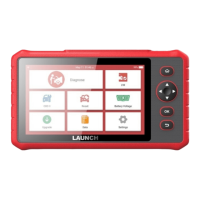
